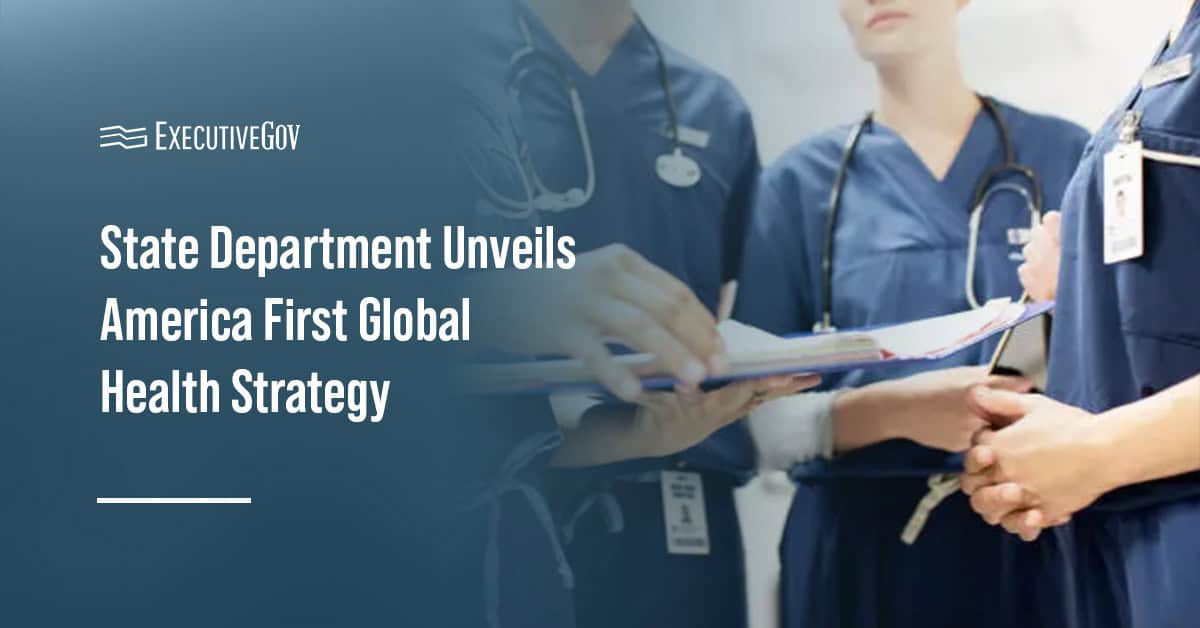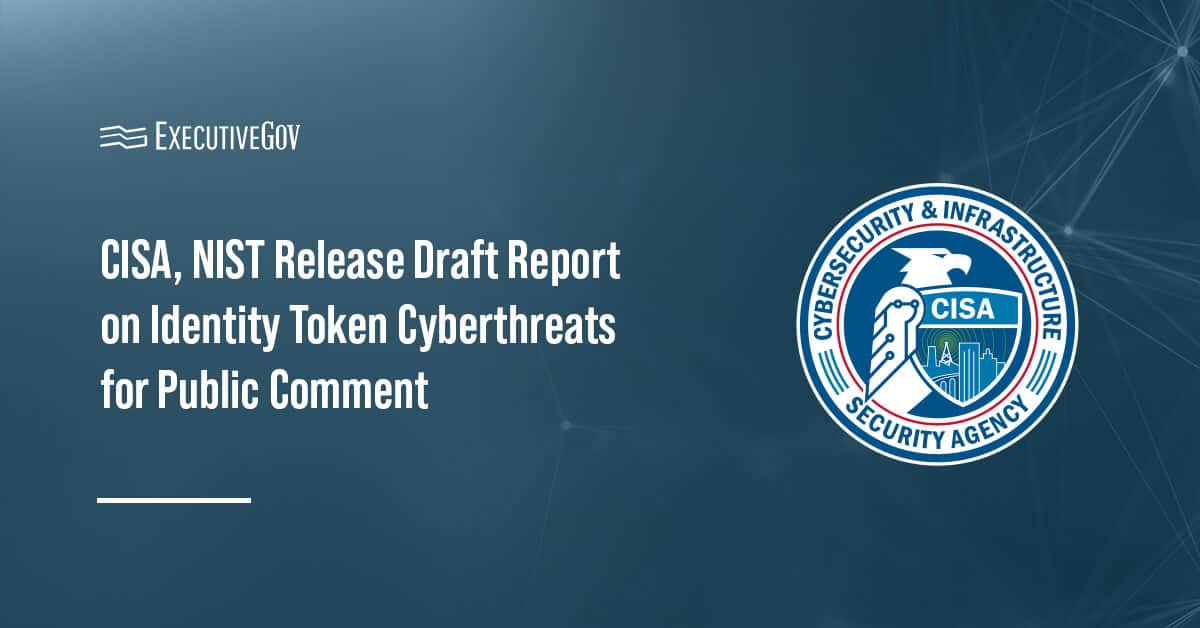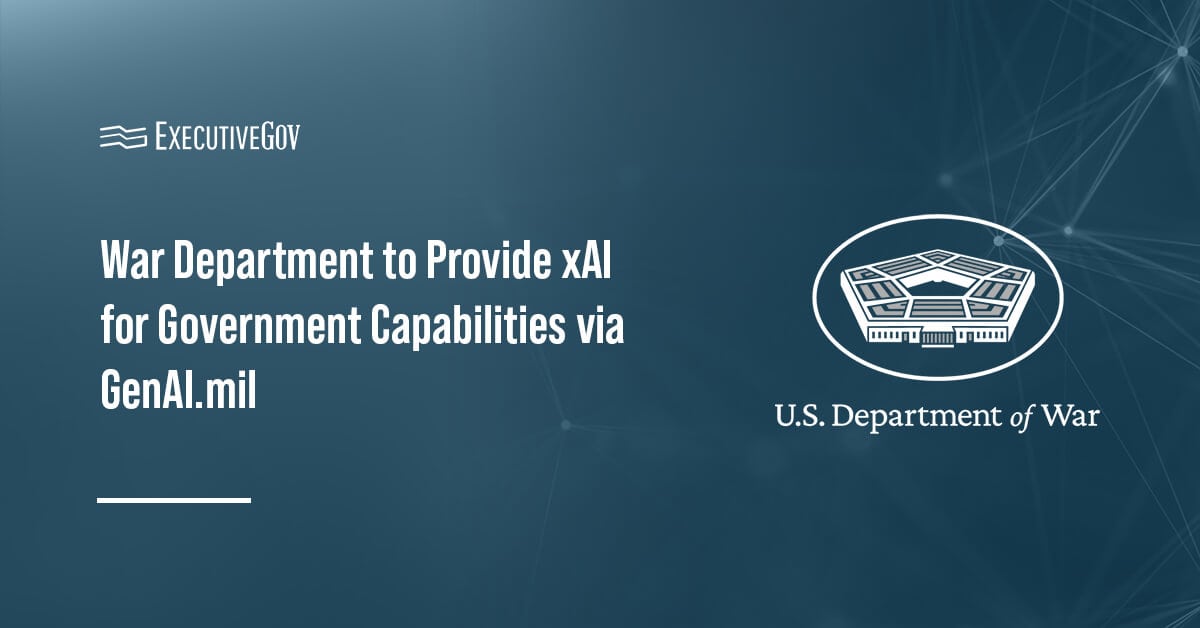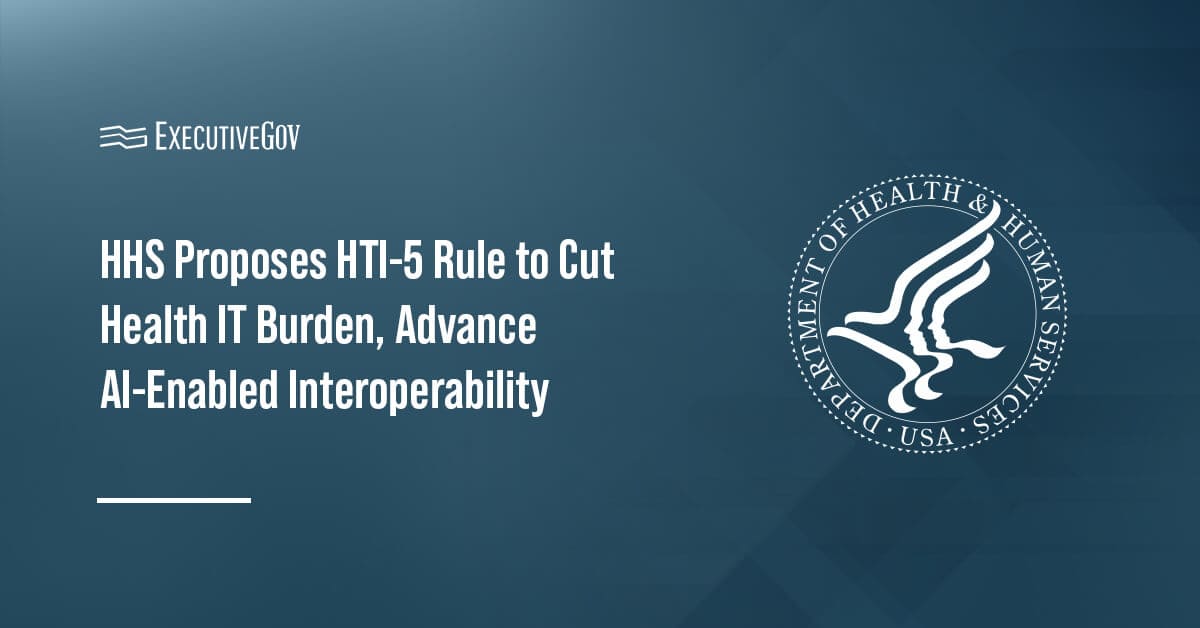The State Department has released the America First Global Health Strategy, a framework aimed at strengthening U.S. leadership in global health while prioritizing American safety, economic resilience and international partnerships.
The strategy builds on past global health programs that reportedly helped save millions of lives, prevented infectious disease outbreaks from reaching U.S. shores, and delivered treatments and prevention efforts worldwide. At the same time, it seeks to address inefficiencies, high overhead costs and a “culture of dependency” among recipient countries.
“We will continue to be the world’s health leader and the most generous nation in the world, but we will do so in a way that directly benefits the American people and directly promotes our national interest,” said Secretary of State Marco Rubio, a 2025 Wash100 Award recipient.

The 2025 Healthcare Summit, hosted by the Potomac Officers Club, is this year’s must-attend GovCon gathering for federal healthcare leaders, innovators and industry partners. This exclusive conference will feature dynamic keynotes, interactive panels and robust networking designed to spark collaboration, tackle challenges and accelerate modernization across the nation’s healthcare ecosystem. From CMS platform modernization to AI-ready public health services, the summit highlights the critical technologies shaping the future of care for citizens and warfighters alike. Register now to join this exciting federal healthcare event.
Strategy’s Three-Pillar Approach
The strategy is built around three central pillars: safer, stronger and more prosperous.
Safer. The plan emphasizes protecting Americans by improving global outbreak surveillance and ensuring rapid response capacity. This includes working with local governments to contain outbreaks, surging resources when necessary, screening travelers and preventing infectious threats from reaching the United States or harming Americans abroad.
Stronger. The approach calls for replacing open-ended assistance with planned multi-year bilateral agreements that support both U.S. interests and recipient country self-reliance. These agreements are expected to:
- Maintain full funding for frontline healthcare workers and commodity purchases.
- Require reliable epidemiology, service delivery and supply chain data systems.
- Transition U.S. technical assistance away from direct site-level support toward strengthening government capacity, supplemented by private sector and faith-based organizations.
- Include co-investment by recipient governments and performance benchmarks tied to continued U.S. funding.
The State Department aims to finalize agreements with recipient countries receiving the vast majority of U.S. health foreign assistance by the end of 2025 and begin implementation of new agreements in 2026.
According to the report, less than 40 percent of past foreign assistance has gone directly to frontline care or supplies, with the majority consumed by overhead, management and technical support. By restructuring programs under the new strategy, the United States intends to redirect funding toward frontline needs while requiring partner nations to take on greater responsibility.
More Prosperous. The strategy highlights the economic stakes of global health, noting that unchecked outbreaks can disrupt U.S. markets and supply chains. It pledges to support American jobs and industries by procuring health goods from U.S. companies for foreign assistance programs and leveraging partnerships abroad to expand the reach of American health innovations.





